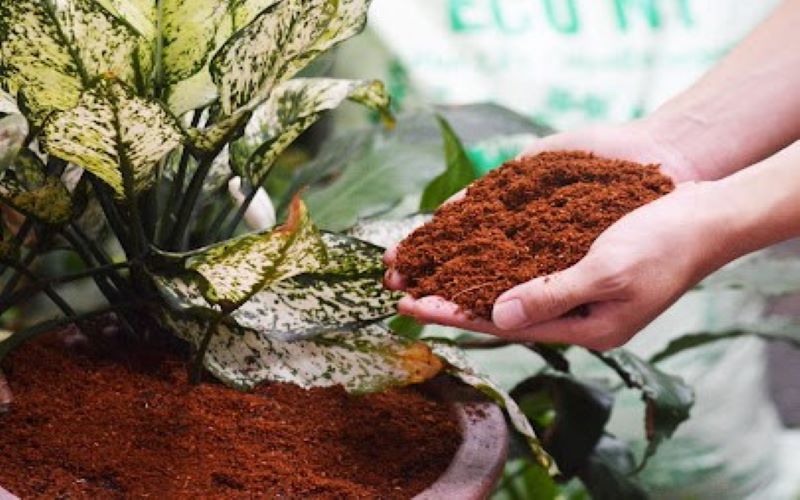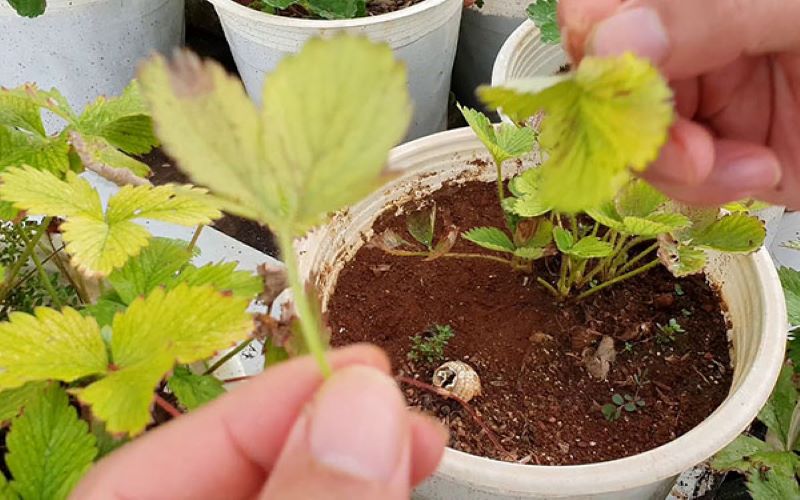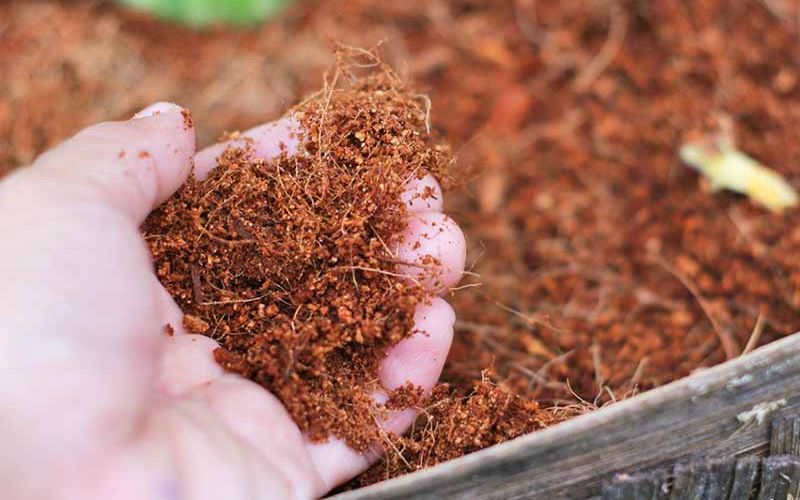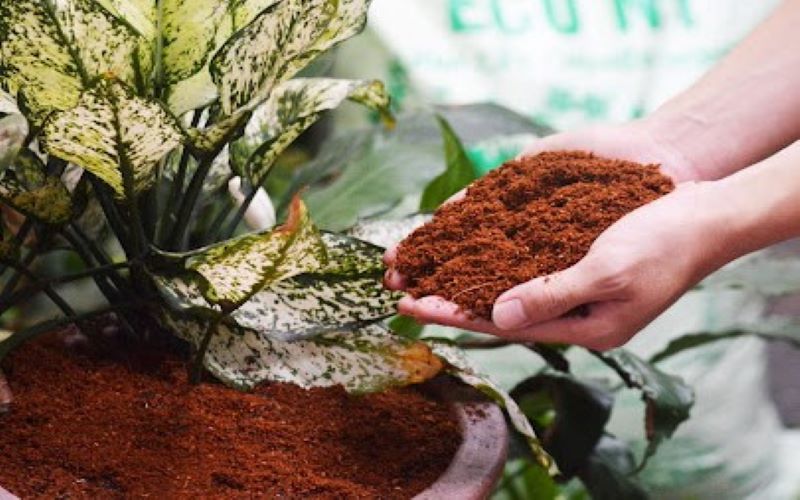Bad consequence for not treating coir and some steps to treat coco coir
Bad consequence for not treating coir and some steps to treat coco coir

For vegetable and flower gardeners, coco coir is an indispensable media with many healthy nutrients. Coconut coir can bring many great nutrients to your plants which helps the trees grow effectively. However, there are many questions from many farmers that the use of coir makes plants grow slowly or even not grow. In fact, coco coir needs treating to remove harmful substances after producing. So how can you treat coco coir substrate properly? Tropicoco will analyze the coco coir through this article so that readers can understand more about this superior growing media.
The bad consequence if you do not treat coco coir

When removing Tannin from the coco coir, it will become a useful substance for plants, an excellent substrate for root growth, and helps increase the organic, microbiological and fertility of the soil. Therefore, when we treat coco coir, it will increase the capacity of the buffer zone. To help plants withstand the short-term lack of fertilizer and water, coco coir is an ideal composition of clean soil or growing media of vegetables and flowers.
How do people produce and treat coco coir?

In this article, Tropicoco will share with you how to treat coir. The treatment of Tannin and salinity by rinsing and soaking coir with lime is very popular in some tropical countries.
To use coco coir, it is necessary to discharge the acerbic substance. Tannin is soluble in water, which is a polyphenol with a salt and acerbic taste precipitating proteins. With the salinity, you can use the 10% agricultural lime to remove the sodium content in the coir.
Remove Tannin
You can put coco coir in a 100-liter bucket and pour water into the bucket. You soak the coco coir for 1 to 3 days. After 3 days, you pour out all the water from the bucket. At this time, the water has a dark brown color which is similar to the rust color of coconut coir. To ensure that you have treated Tannin thoroughly, you should carry on this step up to 3 times.
Salt treatment
With salinity, you put 2 kg of lime into 20 liters of water and let them dissolve. At this step, you need to be careful because the lime water is very hot, which can burn your hands. Then you add the Tannin-treated coco coir, stir evenly and wait for 5-7 days for the salt to dissolve. Next, you pour out all the lime out the coco coir to avoid affecting the incubating step. You can do this step for about 3-5 days.
After treating coco coir with sourness and salt, we should incubate coir with Trichoderma. You mix the coco coir evenly and then cover the incubating box. Every 3 days, you can plow coco coir again. After 7 times of mixing, you will see the coco coir turn into a black brown color. At this time, you can use coco coir.
You may find this process complicated and time-consuming. However, with an industrial scale, coco coir will be put into giant reservoirs for treatment, with the processing volume can be up to hundreds of tons per day. Therefore, we can reduce the cost and processing time significantly.
Use treated coco coir if you want your plants to grow well

Conclusion
The article above has shown you the bad consequence of using untreated coir and the steps to treat coco coir. You can buy the raw coco coir and carry on all the steps that Tropicoco has guided you to treat it. On the other hand, you can buy the treated coir with the best quality from Tropicoco to grow your plants and flowers effectively. If you want to buy good-quality coco products, please contact us immediately with the following information.
Contact information
Tropicoco – The best substrate
Address: No.20 Ngan Long Villa, Nguyen Huu Tho street, Nha Be dist, Ho Chi Minh City
Email: giathe@tropical.vn
Hotline: +84 983230879
Open Hours: Mon-Sat: 8.00AM-5.00PM; Sunday: Closed

